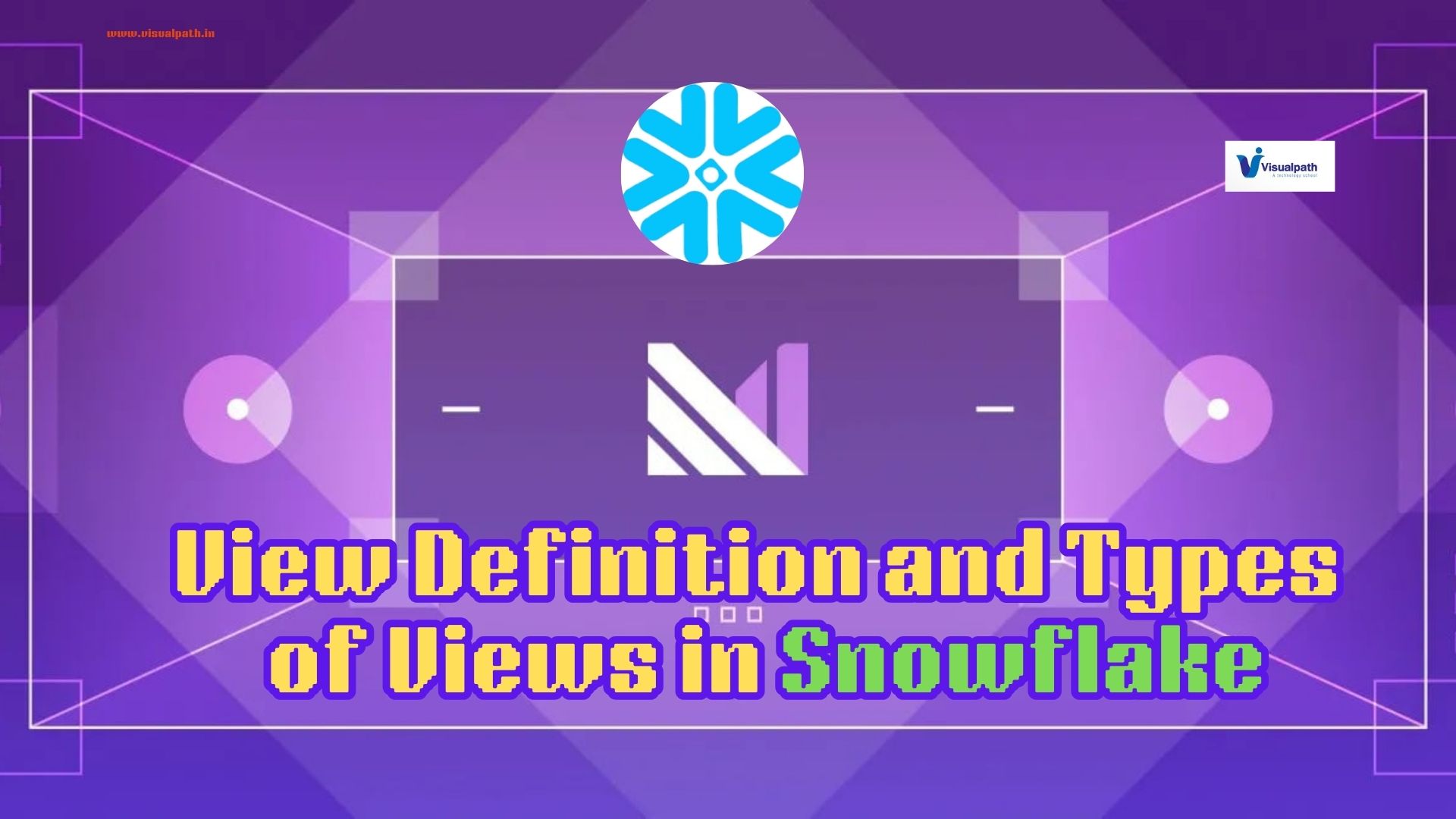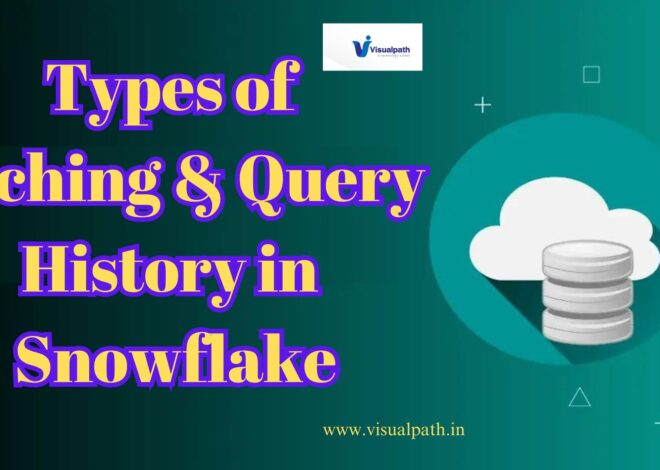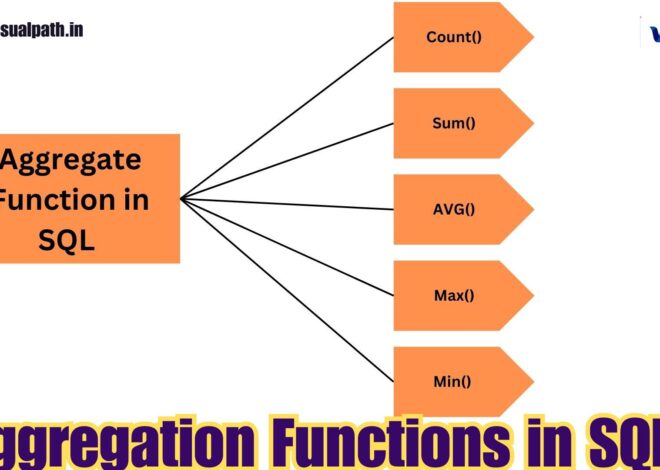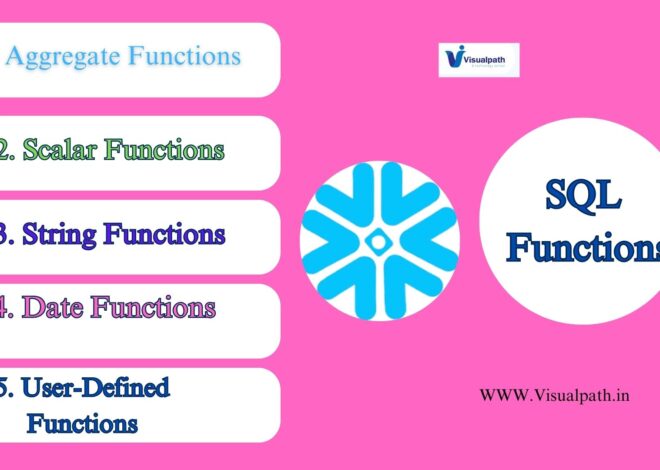What is a View in Snowflake?
In Snowflake, a view is a database object that allows users to query a predefined SQL query as though it were a table. Unlike tables, views do not store actual data but rather a query that retrieves data when accessed. Views are used to simplify complex queries, abstract underlying tables, secure sensitive information, and provide customized perspectives of data for different users. They help in enhancing data security, performance, and maintainability of database applications. Snowflake Online Training Course
Views in Snowflake are “virtual,” meaning the data is not physically stored within the view. Instead, they dynamically fetch the latest data from the base tables when queried. Snowflake Training
Types of Views in Snowflake
Snowflake supports two primary types of views:
- Standard Views (Non-Materialized Views)
Standard views are the most common type in Snowflake. They are simple, lightweight, and are essentially a saved query that runs every time the view is queried. The data is always fetched in real time from the underlying tables. However, since the view executes its query each time it’s accessed, the performance might be slower for large datasets or complex queries. Snowflake Online Training
Key Features:
- Dynamically fetches fresh data from the underlying tables.
- Does not store any physical data.
- Always presents the latest data available in the source tables.
- Suitable for cases where data changes frequently, and up-to-date information is needed.
Example:
sql
Copy code
CREATE VIEW employee_view AS
SELECT id, name, department, salary
FROM employees;
- Materialized Views
Unlike standard views, materialized views store the result of the query physically in Snowflake. They are automatically refreshed based on changes to the base tables and provide faster query performance since the data is precomputed and stored. Materialized views are beneficial when dealing with large datasets or complex queries, as they eliminate the need to recompute data each time the view is queried. However, they consume storage, and users must manage their refresh schedules.
Key Features:
- Stores query results physically.
- Provides faster query performance for repeated queries.
- Automatically refreshed when underlying tables change.
- Suitable for read-heavy queries or scenarios where data doesn’t change frequently. Snowflake Online Course Hyderabad
Example:
sql
Copy code
CREATE MATERIALIZED VIEW sales_view AS
SELECT product_id, SUM(quantity) AS total_quantity
FROM sales
GROUP BY product_id;
Key Differences Between Standard and Materialized Views
- Performance: Materialized views offer better performance for repeated queries, while standard views run the query each time, impacting performance. Snowflake Training in Hyderabad
- Storage: Standard views do not consume storage, whereas materialized views do because they store the results. Snowflake Training in Ameerpet
- Data Freshness: Standard views always fetch the latest data, while materialized views may show slightly stale data if not frequently refreshed.
Conclusion
Views in Snowflake offer powerful ways to simplify querying, secure sensitive data, and improve performance for complex queries. Depending on the use case, standard views provide real-time access to data, while materialized views deliver optimized performance for read-heavy environments.
Visualpath is the Leading and Best Software Online Training Institute in Hyderabad. Avail complete Snowflake institute in Hyderabad Snowflake Online Training Worldwide. You will get the best course at an affordable cost.
Attend Free Demo
Call on – +91-9989971070




